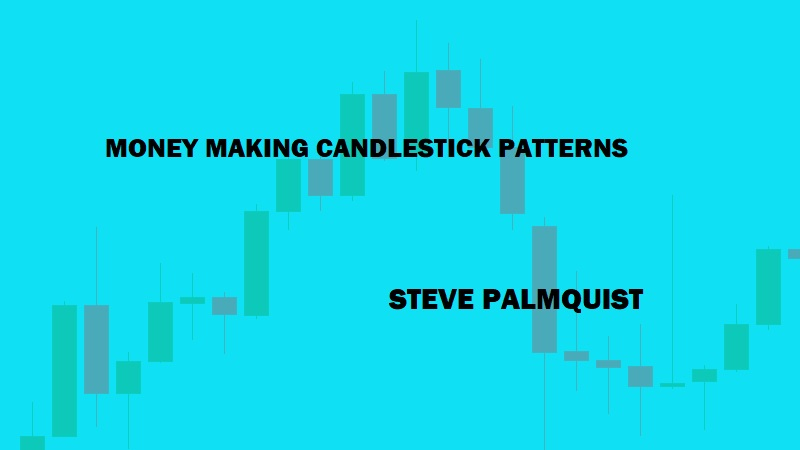Exit Strategies - Testing the Holding Period
Strategies of testing, Morning star strategies, How to trade morning Pattern
Course: [ MONEY MAKING CANDLESTICK PATTERNS : Chapter 6: Morning Star Patterns ]

All of the testing to this point has used a five day holding period as the exit strategy. The stock was purchased at the open on the day after the morning star pattern appeared and held for five days then sold.
EXIT STRATEGIES - TESTING THE HOLDING PERIOD
All
of the testing to this point has used a five day holding period as the exit
strategy. The stock was purchased at the open on the day after the morning star
pattern appeared and held for five days then sold. The morning star pattern was
tested using during 01/03/06 to 05/01/07 using different holding periods as
shown in Table 6.3.
TABLE 6.3 MORNING STAR TEST RESULTS WITH
DIFFERENT HOLDING PERIODS
Table 6.3 indicates that a four day holding
period seems to perform the best. As a practical matter, I use this information
as a guideline when trading patterns. I would not automatically sell after four
days, but instead watch the market environment, the price/volume pattern of the
stock, and support/resistance areas for guidance on when to exit.
If
the market takes a sudden move down on big volume or breaks a support area, I
will look at closing positions whether or not it has been four days. If the
stock runs into a key resistance area, I will take profits early. If the stock
is moving up on declining volume, I will take profits early. I may also hold
longer than four days if the market is in a strong move or the stock is moving
up on strong volume. I use test results as a guideline, not an absolute trading
system. Experience and market knowledge count for a lot. When in doubt, I take
profits. It is hard to go broke taking profits.
Using
this definition of the pattern and testing it with a four day holding period in
multiple time frames produced the results shown in Table
6.4. In six different time frames from 1/ to more than 10 years, this
modified morning star definition had an annualized ROI significantly better
than buy and hold and a winning trade percentage in the mid ’50s.
Does
this testing imply that you will win on 55% of your morning star trades and be
profitable in any given time period? No. It does indicate the pattern has
performed well in the past and provides a reasonable basis for thinking it may
continue to do so in the future if the market conditions are similar to the
last few years.
Remember
that if you win 50% of the time, it does not mean every other trade will be
profitable. Traders can and do see consecutive losing streaks for 8 or 10
trades in a row and need to adjust their risk profile to allow for this. If you
flip a coin 10 times, you would expect that you would get 5 heads and 5 tails,
and if you do the experiment a large number of times, you should see something
close to half heads and half tails.
There
is a 1-in-1,024 chance that flipping a coin 10 times will come up heads every
time. The odds of that happening are not great, but it is possible. In fact, if
you do the experiment 2,000 times, there is a reasonably good chance you will
see it happen once. If you are an active trader and make a thousand trades over
a few years, you also have a pretty good chance of seeing 10 losing trades in a
row at some point. This is why experienced traders adjust the amount they are
risking on each trade to allow for this eventuality.
TABLE 6.4 MORNING STAR TEST RESULTS IN DIFFERENT
TIME PERIODS
MONEY MAKING CANDLESTICK PATTERNS : Chapter 6: Morning Star Patterns : Tag: Candlestick Pattern Trading, Forex : Strategies of testing, Morning star strategies, How to trade morning Pattern - Exit Strategies - Testing the Holding Period





